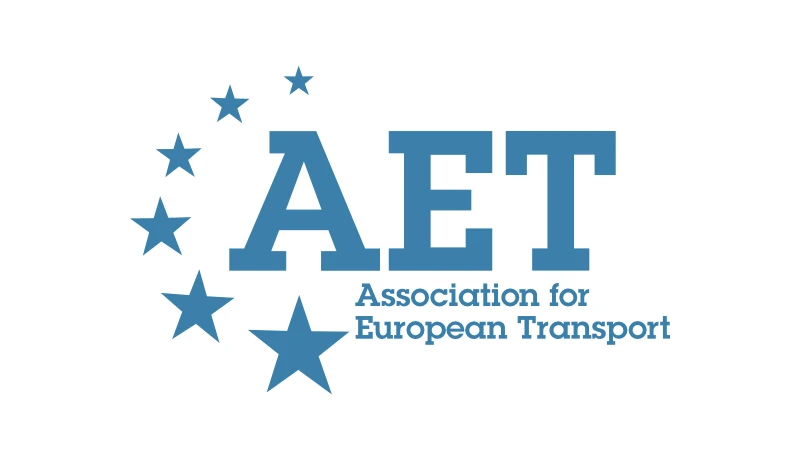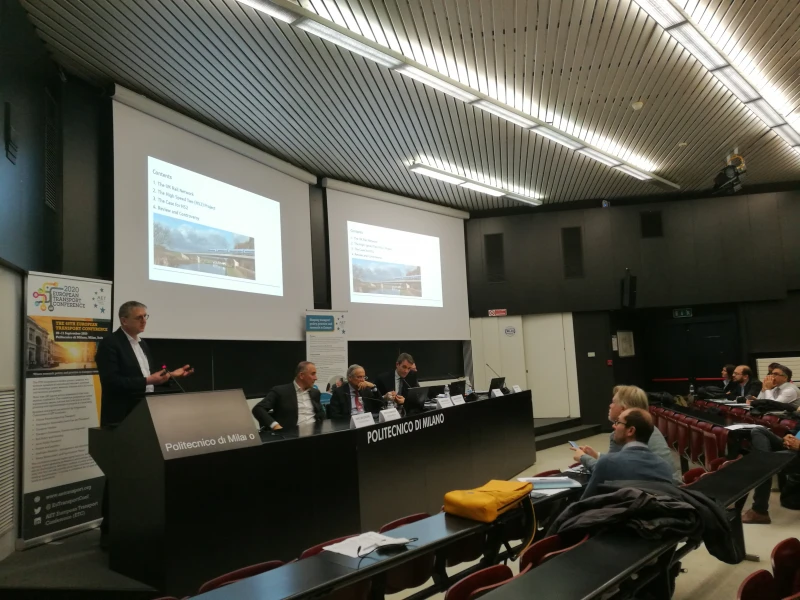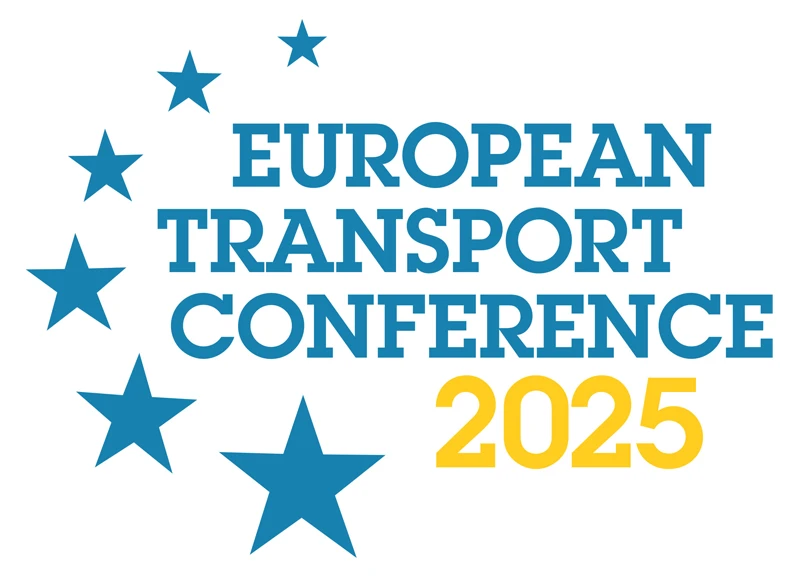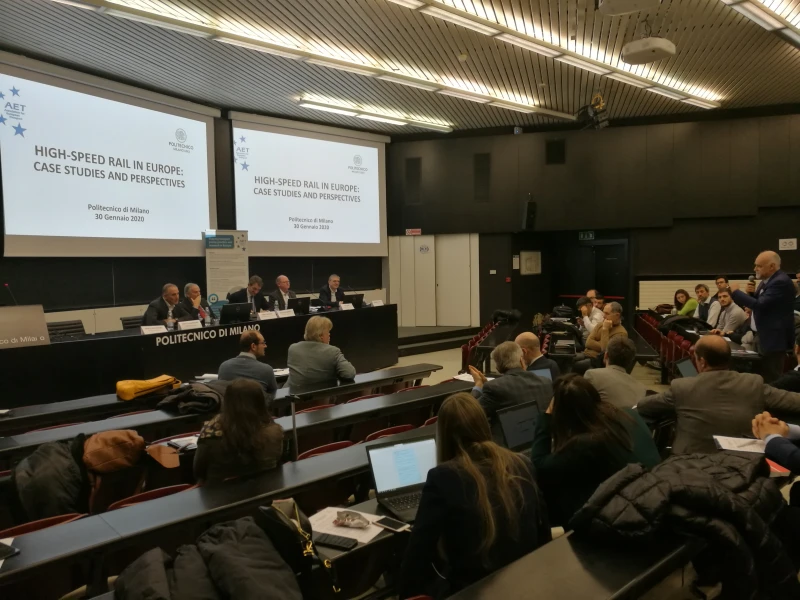-
Past ETC Papers
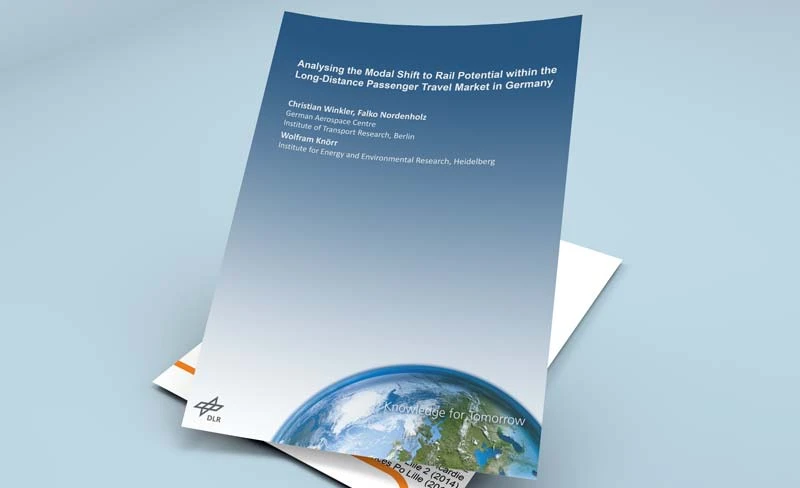
Browse, search and view papers from the past AET Conferences.
-
Members' Area
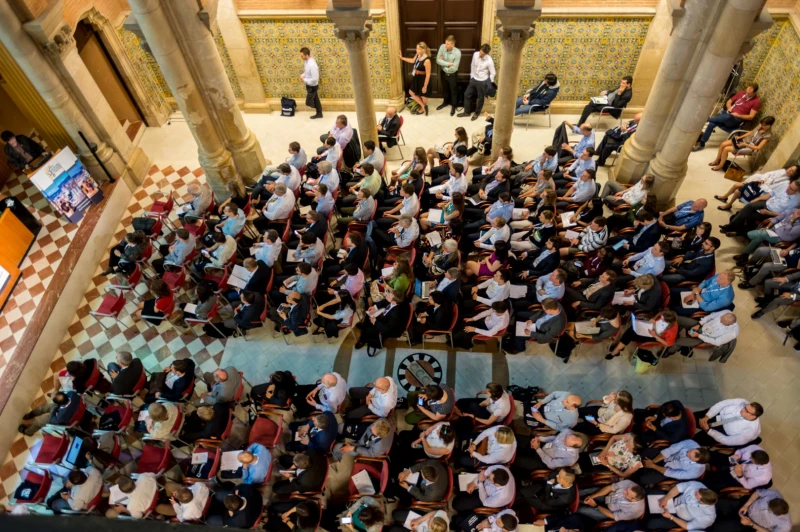
AET promotes networking and exchange of ideas, information and opportunities amongst members.
Conference Papers 2024
Antwerp, Belgium
ETC Conference Papers 2024
‘Do we really need Digital Twins?’: Investigating stakeholders’ need for a new transport planning tool.
Seminar
Day 2 (19 Sep 2024), Session 4, Shaping Transportation Systems with Digitalisation and AI, 09:00 - 10:30
Status
Accepted, documents submitted
Submitted by / Abstract owner
Irene Hofmann
Authors
Zakiya Aryana Pramestri, NTNU (presenter)
Irene Hofmann, NTNU
Dipanjan Nag, NTNU
Zelalem Birhanu Biramo, NTNU
Kelly Pitera, OsloMet
Trude Torset, NTNU
Short abstract
The potential usage of digital twin in transport planning field is still unclear. This paper identifies the needs, potentials, and barriers of a digital twin as a transport planning tool by conducting a semi-structured stakeholder interview process.
Abstract
In recent years, the increasing wave of digitalization has swept across urban landscapes, compelling cities to re-evaluate their impact on sustainability. Amidst this transformative era, the term "Digital Twin" has emerged as a buzzword in the urban planning domain. At its simplest, a digital twin is a virtual representation of physical entities. It involves and combines a collection of dynamic digital data sets that can be used for monitoring, forecasting, and optimizing processing and systems to improve operations and decision making. Digital twins are commonly found in manufacturing and process systems, where the concept of ‘digital twin’ was first presented using this context. However, given that increasing attention to the digitalization of urban processes has gained widespread momentum with the rise of smart city programs around the world, the concept is becoming more commonly discussed in the urban context.
Increasingly, the availability of real-time data has become a lucrative opportunity for monitoring and predictions in urban systems, including transportation. Despite these growing capabilities, mobility-related digital twins continue to remain in laboratories and as open-source repositories for urban and transport analysts. Batty (2018) refers to the digital twins as 'much more like’ a computer model which focuses on a limited set of variables and processes. Tomko & Winter (2019) concurs that the term itself is subjected to a wide range of interpretation and “some of which is even misleading.” However, researchers were of the view that there are certain aspects/characteristics of the digital twin which may be influential as a planning tool.
Thus, a digital twin as a transport planning tool might help professionals to simplify current planning processes as well as to improve the decision-making process towards sustainable transportation systems. Thus, to adapt digital twin as a tool for the transportation stakeholder community, it is imperative to understand the requirements of a “good” transport planning tool from the perspective of the community and then judge whether the digital twin aligns with these needs. The existing body of literature does not shed light on this matter. Therefore, the purpose of this research is to investigate—‘What are the stakeholders’ requirement for a ‘tool’ in mobility?’ and whether digital twins can contribute to a more effective transport planning tool that would support decision-making towards a more sustainable transport system.
To investigate further, the following sub-questions were formulated for this study:
• What possibilities do digital twin offers for accommodating the needs and expectations regarding effective urban transport planning? What challenges can be overcome by digital twins?
• To which extent a digital twin is needed by stakeholders who are involved in urban transport planning in the region of Trondheim?
• If the needs align with the requirements of a digital twin, what characteristics, features and functions are needed for the digital twin as a transport planning tool?
The study uses a qualitative methodology. Stakeholder interviews will consist of a semi-structured questionnaire, including open-ended questions facilitating in-depth discussions. The interviewees represent by multiple stakeholders who includes transport planners and transport engineers in city mobility and transport units, and researchers. The interview recordings will be coded and analyzed using NVivo and authors intend to summarize the most important insights with visualization methods, such as cognitive maps or user journey maps.
Results of the interviews are expected to reveal complementary or competing opinions from the stakeholder regarding the needs for a new mobility analysis tool. Moreover, the results will reveal the different expectations and requirements for a digital twin as a planning tool from the perspective of various stakeholders. The challenge will be to determine the largest common interest. Authors are hopeful that a common view of the digital twin as a planning tool can be described from the stakeholder’s responses in interviews. Involving the stakeholders is expected to lead towards enhanced acceptance and an increase of future usage of the digital twin as a planning tool. Additionally, the insights of the interviews are used to conceptualize a transport planning tool based on the common requirements for Trondheim. This tool may help achieve zero-growth targets in the region.
Programme committee
Young Researchers' and Practitioners' Forum
Topic
Transport planning analysis and models
Documents:

Association For
European Transport
Forester House
Doctors Lane
Henley-in-Arden
Warwickshire, UK
B95 5AW
+44 (0) 15 64 793552
VAT number: 710 1866 64
Conference Supporters & Endorsers

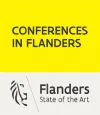


Legal Entity
The Association for European Transport is registered as an Association ('vereniging') with the Chamber of Commerce for Haaglanden in The Netherlands under company number 27170096.
Built on Zenario

